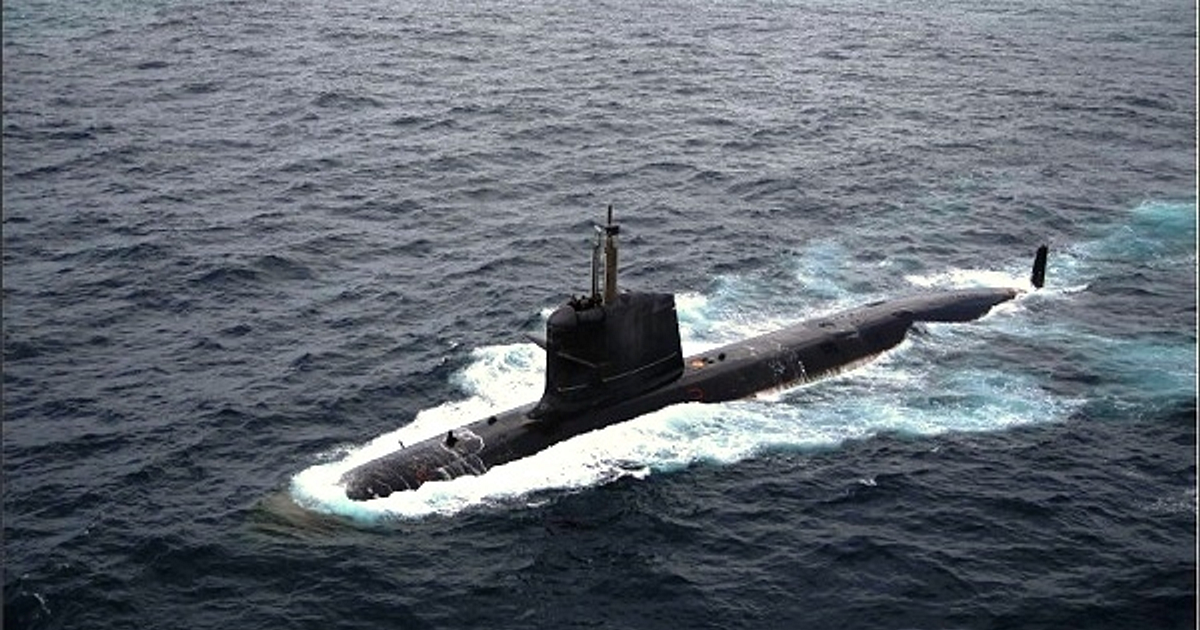An important strategic change in India’s defense alliances is the country’s strong pursuit of cooperation with the UK, France, and Japan in the co-development and manufacturing of next-generation fighter jet engines.
Prolonged delays in talks with US-based General Electric for joint manufacturing of GE F414 engines—essential for the Advanced Medium Combat Aircraft (AMCA) and TEJAS fighter projects—are the driving force behind this attempt.
Consequently, the Indian defense leadership is placing a high priority on supply chain dependability, technological self-sufficiency, and indigenous capabilities in the aircraft manufacturing industry.
The Ministry of Defense has carried out a number of technical assessments and consultations, especially with prominent aerospace companies Safran (France) and Rolls-Royce (UK).
Both businesses have expressed a desire to integrate manufacturing with India’s Defence Research and Development Organization (DRDO) and have offered complete technology transfer and co-ownership of intellectual property.
After examination, Safran’s proposal was found to be the most favorable, primarily due to its alignment with the AMCA program’s timeframe and its provision of extensive knowledge transfer for engine development and manufacture.
The main focus of the French partnership is a ₹61,000 crore (about $7.3 billion) effort to work together to create a potent 120-kilonewton thrust engine that will power AMCA and other future fighter platforms.
This reflects India’s pressing focus on overcoming delays, creating domestic manufacturing ecosystems, and guaranteeing defense readiness in the face of regional security challenges. It also represents a strategic rebalancing away from decades of reliance on Russian suppliers and more recent partnerships with the United States.
Japan’s participation is still in its early phases, and while their precise industry partners have not been made public, suggestions have included co-development agreements and knowledge transfer that are similar to those provided by the UK and France.
Meetings between defence ministers have emphasised India’s intention to begin cooperative work as soon as possible, with the Defence Research and Development Organisation (DRDO) tasked with assessing these offers.
Plans are in place for over 100 aircraft (five more squadrons) to be powered by engines created in collaboration with non-US allies, while the initial two AMCA squadrons may still employ US-made engines.
India’s proactive efforts to get state-of-the-art manufacturing know-how, lessen reliance on imports, and expedite the domestic development of vital aerospace technology are hallmarks of its pursuit of joint fighter jet engine production with the UK, France, and Japan.
In order to place India on par with a small number of countries that have mastered the intricate art and science of designing and producing fighter jet engines, it entails multi-layered negotiations, prioritizing technology transfer, co-production agreements, and the development of a local supply base.


